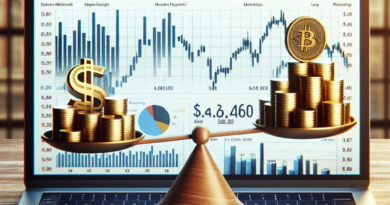How High Can the Nasdaq 100 Go?
The Impact of Artificial Intelligence on Financial Markets
Can artificial intelligence push the index to unimaginable values? To answer this question, it is important to analyze the past, which also marks the path to the future with different facets.
Historical Analysis
Compared to the period 1994-2003, the index today is less volatile.
Back then, monthly volatility, the maximum price swing from the opening price, often exceeded 10%.
This was during the dot-com bubble, which may not be visible on the index chart today but could be present in individual stocks.
What parameters should we analyze?
- Monthly maximum swing over 25%
- Monthly negative closures over -10%
- Initial volatility compression of 10% for the ’90s and 5% for the 2000s
Market Trends
These conditions were only met simultaneously in 1998, 2000/2002, and 2007/2009.
During the COVID-19 pandemic, the maximum swing reached 25%, but did not surpass the -10% month-end return.
In 2022, it hit -10%, but not 25% (indicating a continuous decline with contained volatility, in line with rising interest rates).
Recently, volatility has returned from values below 5% with an increasing trend, but there is still a long way to go.
For now, monitoring the volatility cycle will be crucial in tracking the market.
Looking Ahead
It is essential to keep an eye on how artificial intelligence could shape the future of financial markets.
As technology advances, the role of AI in decision-making processes and market predictions is likely to become more prevalent.
For further insights, read Which Will Be the Next Nvidia? 2 Stocks Ready to Dominate the AI Market.




